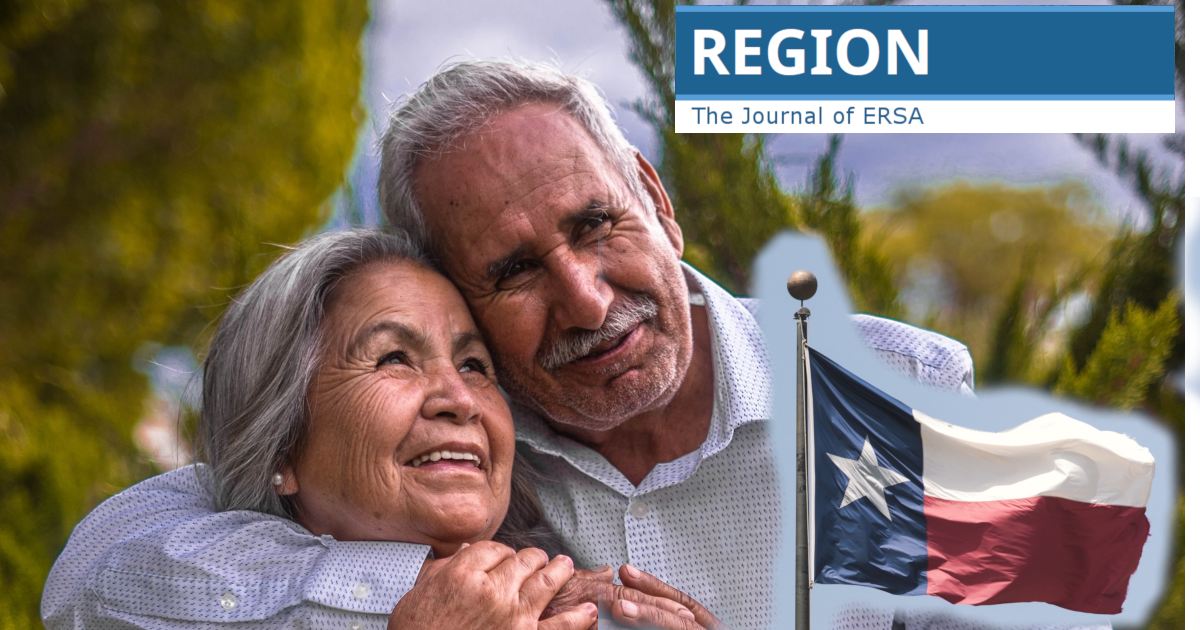Ageing, therefore marginal: demographic trends and institutional capacity in marginal Chilean municipalities
DOI:
https://doi.org/10.18335/region.v9i2.390Abstract
In Global South countries, ageing is an incoming phenomenon with socio-spatial implications that are not much explored yet. Global North countries are already facing ageing trends with significant territorial consequences, such as declining populations that contribute to making certain areas marginal. However, different factors may determine the marginality of a municipality or a region in other settings. Drawing on these premises, the paper discusses whether ageing demographic trends contribute to territorial marginality also in a Global South setting. The paper focuses on the case of Chile, a country characterised by significant territorial inequalities and a population that is becoming older. In doing so, it has a twofold purpose: first, examine census data to define what areas are currently experiencing a demographic decline and if these correspond to the areas that national policies define as marginal; second, examine official documents to consider to what extent both national policies and local development plans define ageing as an element of marginality. The decline of population in Chile defines a geography of marginality that complements and expands the one defined in policy strategies, including more areas. In contrast, institutions at different levels are only partially prepared for dealing with the socio-spatial implications of an increasingly older population.

Downloads
Published
How to Cite
Issue
Section
License
Copyright (c) 2022 Giovanni Vecchio

This work is licensed under a Creative Commons Attribution 4.0 International License.
REGION is an open journal, and uses the standard Creative Commons license: Copyright We want authors to retain the maximum control over their work consistent with the first goal. For this reason, authors who publish in REGION will release their articles under the Creative Commons Attribution license. This license allows anyone to copy and distribute the article provided that appropriate attribution is given to REGION and the authors. For details of the rights authors grant users of their work, see the "human-readable summary" of the license, with a link to the full license. (Note that "you" refers to a user, not an author, in the summary.) Upon submission, the authors agree that the following three items are true: 1) The manuscript named above: a) represents valid work and neither it nor any other that I have written with substantially similar content has been published before in any form except as a preprint, b) is not concurrently submitted to another publication, and c) does not infringe anyone’s copyright. The Author(s) holds ERSA, WU, REGION, and the Editors of REGION harmless against all copyright claims. d) I have, or a coauthor has, had sufficient access to the data to verify the manuscript’s scientific integrity. 2) If asked, I will provide or fully cooperate in providing the data on which the manuscript is based so the editors or their assignees can examine it (where possible) 3) For papers with more than one author, I as the submitter have the permission of the coauthors to submit this work, and all authors agree that the corresponding author will be the main correspondent with the editorial office, and review the edited manuscript and proof. If there is only one author, I will be the corresponding author and agree to handle these responsibilities.




